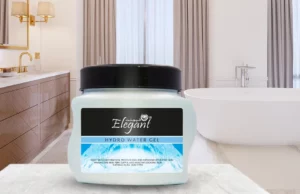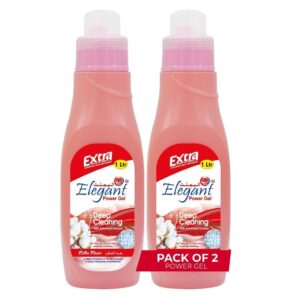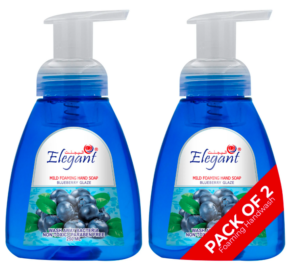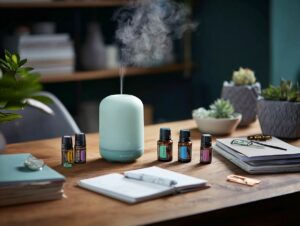Many people want clear, radiant skin but often feel unsure about the best way to achieve it, especially when it comes to exfoliating. Whether you have oily, dry, sensitive, or combination skin, the right approach can make all the difference.
The truth is, while face scrubs can be incredibly effective, using them incorrectly or too often may lead to irritation, breakouts, or dullness. That’s why learning how to use face scrub properly is essential to supporting healthy skin.
Understanding your skin’s unique needs and how to care for it with the right scrub can transform your skincare routine. In this article, we’ll walk you through a skin-type-specific guide to exfoliation, offering expert-backed advice and step-by-step tips. Keep reading to discover how to reveal brighter, smoother skin safely and effectively.
Understanding Your Skin First
Before picking out a face scrub, take a moment to really get to know your skin. It’s easy to skip this step, but understanding your skin type is the key to making your skincare routine work wonders instead of causing trouble.
Think about how your skin feels throughout the day. If it gets greasy just a few hours after washing, you’re probably dealing with oily skin. On the other hand, if it feels tight, flaky, or rough, you might have dry skin.
Maybe you notice your T-zone (forehead, nose, and chin) gets oily while other areas stay dry, and that’s usually a sign of combination skin. Or, if your skin reacts with redness or itchiness to new products, you likely have sensitive skin.
Every skin type has its own quirks and needs. Choosing the wrong scrub or going too hard with it can lead to irritation, breakouts, or even long-term damage. That’s why tailoring your face scrub routine to your specific skin type matters so much.
When done right, exfoliation can transform your complexion by clearing away dead skin cells, unclogging pores, and leaving you with a radiant glow, all without the risk of irritation. Let’s dive into how to make that happen.
How to Use Face Scrub
Using a scrub properly is just as important as choosing the right one. Missteps can lead to dryness, redness, or breakouts. Here’s a simple, effective routine that works for all skin types.
1. Cleanse First
Start with a gentle facial cleanser to remove makeup, dirt, and oil. This clears the surface so the scrub can work on fresh skin. Avoid cleansers with strong acids or alcohol before exfoliating.
2. Apply the Scrub
Wet your face with lukewarm water. Apply a small amount of the scrub using clean fingers. Gently massage it into your skin in small, circular motions. Be careful not to press too hard. A light touch is enough to lift away dead skin.
3. Massage for No More Than 30 Seconds
Overdoing it can damage your skin’s barrier. Aim for 20 to 30 seconds max. Focus on common trouble areas like the nose, forehead, and chin, but don’t ignore the cheeks.
4. Rinse Thoroughly
Use lukewarm water to rinse off the scrub completely. Avoid hot water, which can dry out your skin. Pat your face dry with a soft towel. Do not rub.
5. Finish With Post-Scrub Care
Follow up with a moisturizer to lock in hydration. During the day, apply sunscreen as well. Exfoliation can make your skin more sensitive to UV rays.
Following these steps ensures that you know exactly how to scrub your face safely. It also allows the exfoliation process to work without causing irritation or imbalance.
How Many Times to Use Scrub on Face
Exfoliating can do wonders for your skin—but only when done in moderation. Using a scrub too often can strip your skin’s natural oils and damage its protective barrier. The right frequency depends on your skin type.
Oily or Acne-Prone Skin
You can exfoliate two to three times a week. This helps remove excess oil and unclog pores. Look for scrubs with fine, non-abrasive particles to avoid aggravating acne.
Normal or Combination Skin
Once or twice a week is enough. Exfoliating too often can trigger oil production or dry patches, especially if your skin leans toward both oily and dry areas.
Dry or Sensitive Skin
Limit exfoliation to once a week. Use a gentle scrub with soothing ingredients like oatmeal or aloe. Avoid gritty or salt-based scrubs that can cause irritation.
A common question people ask is, can we use scrub daily on face? The answer is no. Daily scrubbing can lead to microtears, inflammation, and long-term sensitivity. Even oily skin needs time to recover between exfoliation sessions.
If you’re unsure, start with once a week and observe how your skin reacts. Adjust based on how your skin feels over time. When in doubt, less is more.
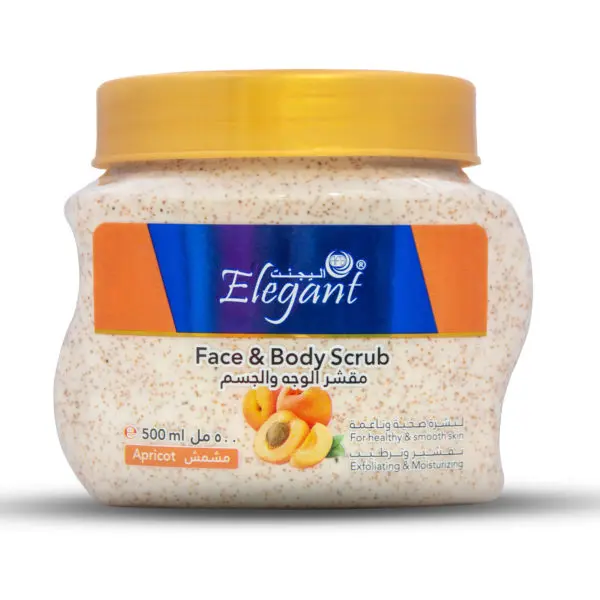
AFS Store Exfoliating Face Scrub
If you’re on the hunt for a reliable skincare option, the AFS Store’s face and body scrub collection is worth checking out. These products are thoughtfully designed to suit a range of skin types, from oily to dry to combination, seamlessly fitting into your weekly routine.
For oily skin, they offer deep cleansing that avoids stripping away moisture, while dry skin benefits from gentle exfoliation that locks in hydration. Combination skin gets a balanced treatment, smoothing out different zones without causing irritation.
To use them effectively, start by cleansing your face, then apply the scrub, massaging it gently for 20–30 seconds before rinsing off. Follow up with your favorite moisturizer to seal in the goodness.
Depending on how your skin responds, you can incorporate this step one to three times a week for the best results. Give AFS Store’s scrub a try and discover how consistent, gentle exfoliation can elevate your daily skincare, leaving you with a radiant glow.
Troubleshooting Common Mistakes
Even with the best products, results can fall short if your technique is off. Knowing what to avoid is just as important as knowing how to use face scrub correctly.
Over-scrubbing
Scrubbing too often or too aggressively can weaken your skin barrier. This can lead to redness, dryness, and breakouts. Stick to the right frequency for your skin type and apply only gentle pressure.
Using harsh scrubs
Some physical scrubs contain large, rough particles like crushed shells or salt. These can create microtears in the skin, especially for people with sensitive or dry skin. Always choose a fine-grain scrub that’s made for facial use.
Scrubbing over active acne or open wounds
Avoid using scrubs on areas with open blemishes, cuts, or rashes. This can worsen inflammation and spread bacteria across your skin. Wait until the area heals before exfoliating.
Skipping post-scrub care
After scrubbing, your skin is more vulnerable to dryness and sun exposure. Always follow up with moisturizer and sunscreen. This helps restore balance and protect your skin.
Mistakes like these are easy to fix. By staying mindful, you’ll make the most out of your exfoliation routine, without compromising your skin’s health.
Conclusion
After exploring the right steps, frequency, and common pitfalls, you’re now equipped to elevate your skin’s care routine. Tailoring exfoliation to your skin type ensures you enjoy a healthy, radiant complexion without the risk of irritation or damage.
If you’re ready to take the next step, explore the AFS Store, where you’ll find thoughtfully formulated scrubs made for different skin types. Try AFS Store’s exfoliating face scrub to see how gentle yet effective exfoliation can transform your glow.

